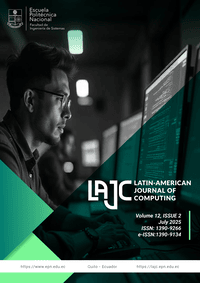When Light Meets Sound: Signal Analysis of Black Holes
Keywords:
black hole imaging, digital signal processing, Hilbert analytic envelope, frequency-domain analysisAbstract
When light meets sound, a new dimension of analysis unfolds. This work explores black hole observations through the lens of signal theory and acoustic wave mechanics, revealing a resonant bridge between electromagnetic and mechanical waves. Using Event Horizon Telescope EHT data, black hole imagery is treated as a three-dimensional digital signal, where the analytic Hilbert envelope and normalized Discrete Fourier Transform DFT expose hidden structures.
The gravitational shadow is interpreted not as silence, but as a measurable energy dip—an imprint of absorption rather than absence. Euler’s identity is employed to map signal phase and symmetry into polar and complex domains, providing an intuitive mathematical pathway toward the event horizon.
By applying foundational acoustic concepts such as resonance, interference, and entropy, the field surrounding the black hole is reinterpreted as a complex communication signal. This interdisciplinary framework unifies digital signal processing, electromagnetic theory, and acoustics into a novel methodology for astronomical analysis. Notably, when a full noise assessment is conducted, EHT images exhibit a significant enhancement in resolution and information transmission
Downloads
Published
Issue
Section
License
Copyright Notice
Authors who publish this journal agree to the following terms:
- Authors retain copyright and grant the journal right of first publication with the work simultaneously licensed under a Creative Commons Attribution-Non-Commercial-Share-Alike 4.0 International 4.0 that allows others to share the work with an acknowledgement of the work's authorship and initial publication in this journal.
- Authors are able to enter into separate, additional contractual arrangements for the non-exclusive distribution of the journal's published version of the work (e.g., post it to an institutional repository or publish it in a book), with an acknowledgement of its initial publication in this journal.
- Authors are permitted and encouraged to post their work online (e.g., in institutional repositories or on their website) prior to and during the submission process, as it can lead to productive exchanges, as well as earlier and greater citation of published work.
Disclaimer
LAJC in no event shall be liable for any direct, indirect, incidental, punitive, or consequential copyright infringement claims related to articles that have been submitted for evaluation, or published in any issue of this journal. Find out more in our Disclaimer Notice.










